Sahale is a great peak to climb for a few reasons:
- It's located in the heart of the North Cascade Mountain Range in North Cascades National Park; the views from the summit are extraordinary.
- It requires a combination of glacial travel and rock scrambling, but both of these aspects are relativley easy/accessible. As such, Sahale is a great benchmark peak to determine if you're ready to move onto bigger objectives like Moun Shuksan and/or Mount Olympus, both of which have more serious glaciers and rocky summits.
- Its approach—Sahale Arm—is a wonderful hike by itself, so you'll enjoy the entire trip.
This report is going to describe the Sahale Glacier route on this mountain, not the Quien Sabe approach, which requires more glacier travel experience. This route will also not describe the traverse to Boston Peak, as that traverse is significantly looser and requires more technical mounatineering skills than summiting Mount Sahale.
Notes on technical gear: you will see a wide variety of different styles of travel on this mountain. It is important for each mountaineer to determine their own risk threshold prior to the trip, and to choose equipment beforehand that will keep you feeling safe, regardless of what others are doing near you. You will see:
- people wearing (or not) crampons/microspikes
- people roping up (or not) for the glacier
- people roping up (or not) for the scramble
- people rappelling (or not) down from the top
Typically you won't be able to tell their experience level just by looking at them. This mountain gets a large variety of mountaineers with varying degrees of skillsset due to its easy approach and incredible scenery. You need to do what's best and safest for you and make your own decisions before the trip with your partners.
Notes on timing/seasonality: You can climb Sahale Mountain from when the Cascade River Road opens up (generally in June to early July depending on snowpack) until the road closes for the fall. If you choose to climb earlier season, you'll miss a lot of the wildflowers on Sahale Arm, but you'll also miss a lot of the day-hikers, so decide accordingly.
Notes on the number of days: Sahale is a long single day out, especially if you're not super experienced at roping up on glaciers, snow travel, or alpine rock climbing. You'll have a lot more relaxed experience if you choose to sleep up at Sahale Camp, which has highly competitive permits but is also incredibly beautiful. If you have the time, it's worth trying to secure a permit and sleeping up there, but we'll describe a single day climb.
The Climb: You'll want to get an early start so the snow isn't too soft on your climb, so rise early, potentially before the sun. You'll get on the Cascade Pass trail and realize how many switchbacks can fit on one trail (it's something like 32) before you cut right and traverse to Cascade Pass. From here, you'll turn left, heading up the well-signed Sahale Arm trail. The trail is much more direct here, and you'll soon be up at 6,100 feet climbing up the gently sloping arm. With good timing, you'll be surrounded by spectacular wildflowers.
Enjoy the panoramic views. You're surrounded here by classic mountaineering and alpine objectives! To your left, you can see Eldorado Peak, the Torment/Forbidden Traverse, and the Boston Glacier. To your right, you'll be able to see Buckner Mountain. And behind you, Johannesburg Mountain shows its burly northern face, while the Ptarmigan Travese stretches into the distance.
You'll continue up the rolling meadows to a screefield, where you'll climb up to the Sahale Camp (at 7,500'). From here, take a quick break before gearing up for the Sahale Glacier. You'll continue northeast until you're immediately below the summit block. From here (around 8,400'), take a good look at the summit block (check the photos alongside this report). You have two options here. On the left, you'll see a steep dihedral feature. This marks the slightly harder summit climb, coming in at fourth class/low-fifth. If you take this route, you'll probably want some gear, though make sure you test your placements as the rock is pretty loose. The alternative is to go right toward the notch, then continue up until you finish by climbing up the north side of the peak, which most people describe as third class with some class four.
The summit is small, with only room for a few people. Revel in the enormous views, including the Quien Sabe Glacier below you to the northwest. If you're comfortable with chossy scrambling, consider continuing north to Boston Peak, but make sure you've got the route beta dialled and appropriate gear as this add on can be pretty tricky.
After you've taken in the sights, most people will choose to descend via rappel, using the slings/tat that are generally at the summit. You'll rappel south, and you'll want a 60m rope to get you down to solid ground (a 50m requires some down-scrambling awkwardness). After you've finished the rappel, retrace the route/trail back to your car, enjoying the panoramic views, and try not to get too frustrated by the infinite switchbacks below Cascade Pass.

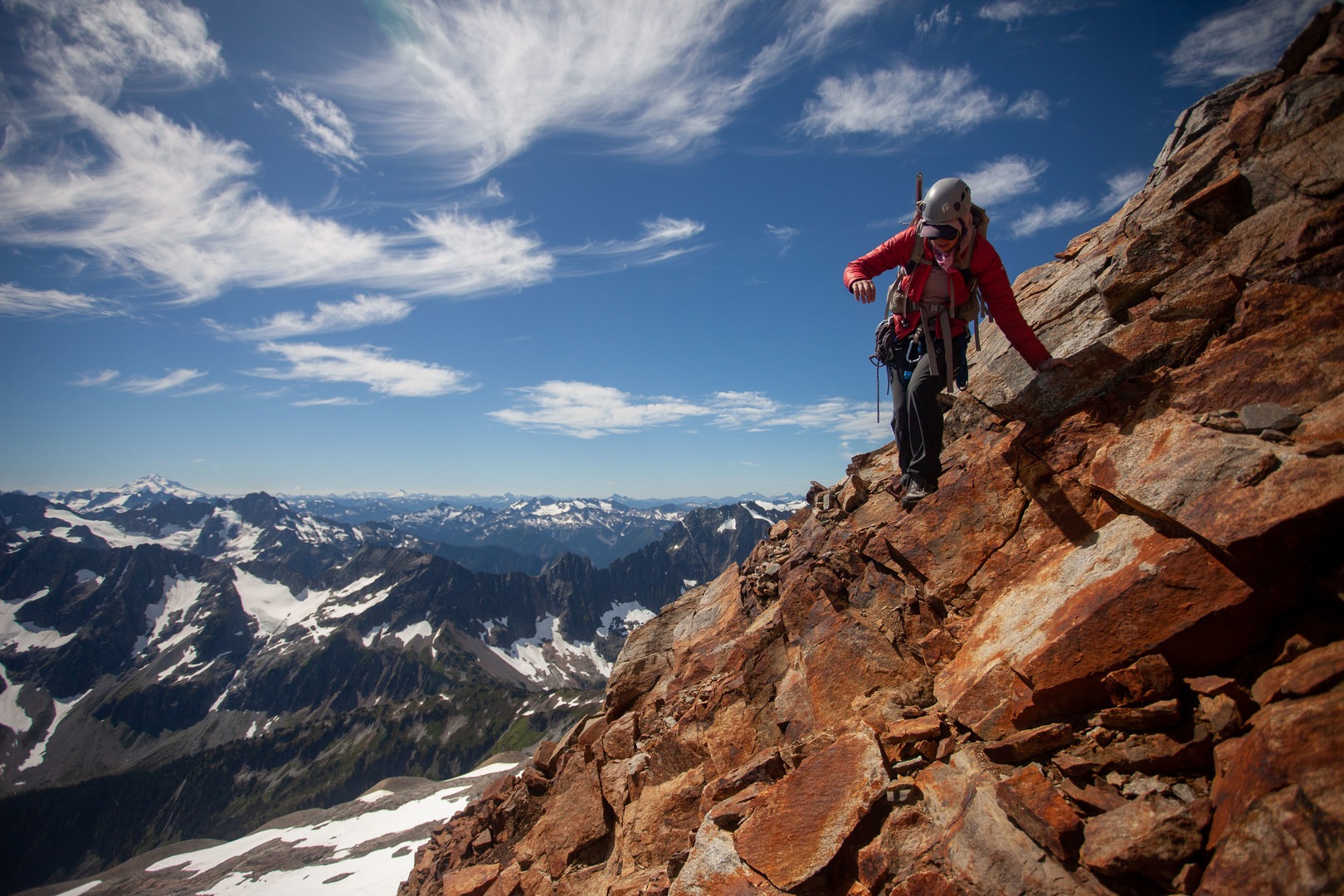
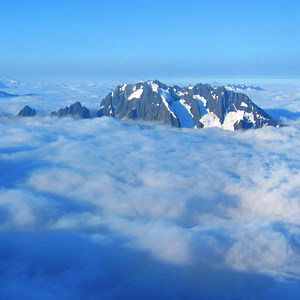

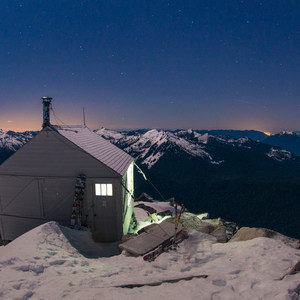
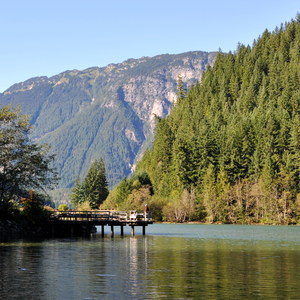
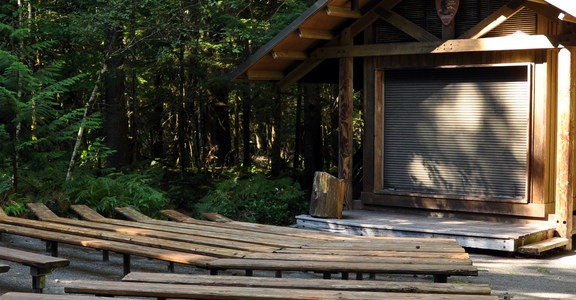
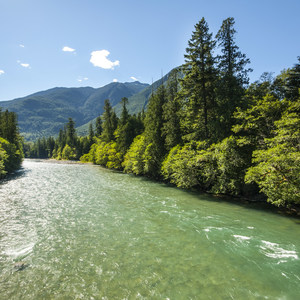
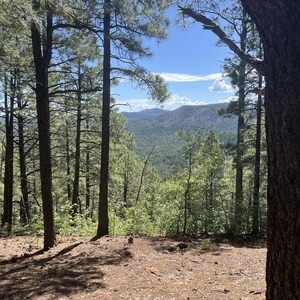


Comments
Sign In and share them.